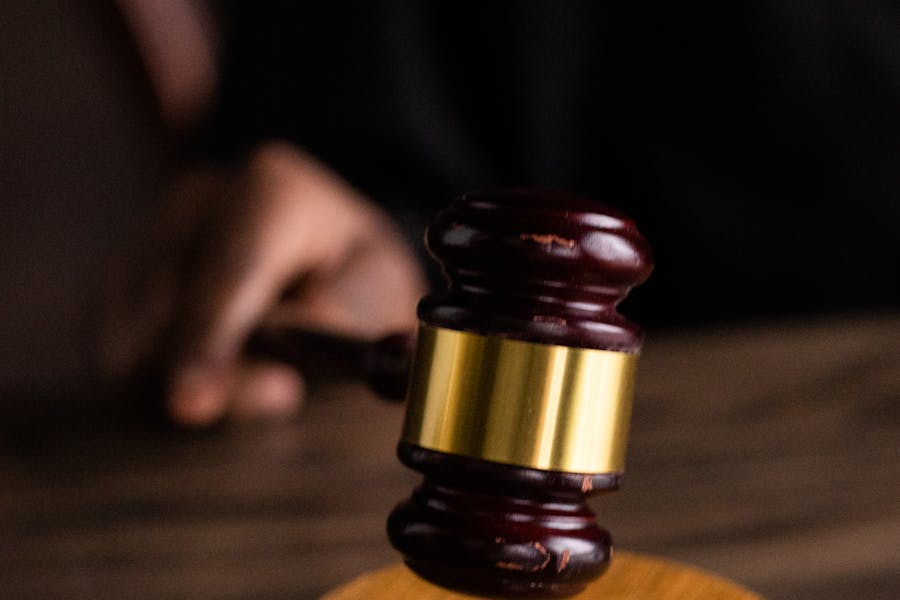
When asking “Who was the first female lawyer?” most people expect a quick name. But the path to becoming the first woman-in-law was not so simple. This historic milestone represents centuries of struggle, defiance, and eventual victory against legal, social, and gender norms. The journey wasn’t confined to a single country or courtroom. From ancient female advocates to pioneers like Arabella Mansfield in the United States, and Cornelia Sorabji in colonial India, this question opens the door to global stories of perseverance.
The world of law was exclusively male for generations, and when the question “Who was the first female lawyer?” is raised, it shines a light on a larger history of women’s rights, access, and professional acceptance. This article is an in-depth look into the legal battles fought outside the courtroom by trailblazing women determined to wear the title “lawyer.”
Join us as we explore the historical timeline, uncover forgotten figures, and answer WH questions about the first female lawyer. Whether you’re a law student, a history lover, or simply curious about gender equality in the legal field, this comprehensive guide will inform and inspire you.
The Origins of Women in Law
The question “Who was the first female lawyer?” doesn’t have one simple answer. Throughout history, women have participated in legal matters unofficially. In ancient Egypt, some women acted as advisors or mediators in legal disputes. Roman law also saw female advocates in family matters. However, these roles were informal and not officially recognized.
The transition from informal participants to licensed professionals took centuries. In medieval Europe, canon law forbade women from formal legal practice. Still, some acted as notaries or legal scribes in rare instances. Even in the 17th and 18th centuries, the law remained inaccessible to women across the globe.
By the early 1800s, educational institutions in Europe and America began to experience pressure to admit women. Legal reformers and women’s rights activists argued that justice should not be limited by gender. The 19th century, influenced by the Enlightenment and suffrage movements, became a pivotal period.
Arabella Mansfield broke barriers in 1869 by becoming the first woman to pass the bar in the United States, not just through her exam results but also by challenging the male-only admission rule. Her story is foundational in answering “who was the first female lawyer” because she didn’t just succeed—she changed the law to allow other women to follow.
Internationally, Cornelia Sorabji became the first woman to study law at Oxford University and later fought colonial norms in India. The story of “who was the First Female Lawyer” expands into Asia, Europe, Africa, and Latin America, each with its pioneering figures who defied both colonial and cultural restrictions.
So, while Arabella Mansfield holds the American title, the broader question requires a global and nuanced look.
How Did Arabella Mansfield Become the First Female Lawyer?
Arabella Mansfield shattered gender norms in 1869 by becoming the first female lawyer in the United States. Her bold pursuit of justice rewrote history.
Early Life and Education
Arabella Mansfield, born Belle Aurelia Babb in Iowa in 1846, came from a progressive family that believed in education for girls. Her academic excellence led her to Iowa Wesleyan University.
Legal Aspirations and Gender Barriers
At a time when women were barred from practicing law, Mansfield studied under her brother’s tutelage. She decided to take the Iowa bar exam in 1869—a bold move since state law explicitly limited the bar to “white males.”
Passing the Bar Examination
Mansfield not only passed the bar but did so with top scores. Her achievement challenged the legal framework that denied women entry to the profession.
Legal Reforms and Precedent
Following her admission, Iowa’s bar rules were revised to allow women. Mansfield’s case became a precedent for other women across the country.
Legacy and Impact
Though Mansfield never practiced law actively, her legacy lived on through legal reforms and increased female law school enrollment. Her life remains central to the story of “who was the first female lawyer.”
Milestones for Female Lawyers Around the World
When exploring the question “Who was the first female lawyer?” it’s important to consider the global pioneers who broke legal barriers in their respective countries. Their stories highlight how gender equality in the legal profession progressed differently across continents.
- United States – Arabella Mansfield (1869): As the first woman admitted to the bar in the U.S., Mansfield’s victory in Iowa not only changed state laws but also inspired a wave of legal reforms allowing women to practice law nationwide.
- India – Cornelia Sorabji: Sorabji was the first woman to study law at Oxford University and became the first female legal practitioner in British India. She worked tirelessly to represent women in purdah who had no legal voice.
- Canada – Clara Brett Martin (1897): Clara made history as the first female lawyer in the British Empire, setting a precedent for women in Canada and other Commonwealth nations.
- United Kingdom – Helena Normanton (1922): Among the first women called to the English Bar, Normanton was a vocal advocate for women’s rights and legal reform.
- Japan – Masako Nakata (1940): Nakata was one of the first women in Japan to be officially licensed as a lawyer, paving the way in a traditionally male-dominated profession.
- Egypt – Aisha Rateb: A pioneer in Middle Eastern law, Rateb became one of Egypt’s first female lawyers and judges, helping reshape gender roles within the judiciary.
Challenges Faced by the First Female Lawyers
Being “the first female lawyer” in any country meant more than just passing a bar exam. These pioneers faced harsh resistance from both institutions and the public.
The legal profession was long seen as a masculine domain. Courtrooms weren’t designed for female participation. In many cases, women were ridiculed, denied cases, or even barred from entering court.
For Arabella Mansfield, the challenge started with the law itself—which banned women from practicing. For Cornelia Sorabji, it was a colonial and gender-based barrier. Sorabji often couldn’t represent her clients in court despite her qualifications because India lacked legal provisions for female advocates.
Law schools were also slow to adapt. Many didn’t accept women, and those who did often placed female students under stricter scrutiny. Discrimination persisted well into the 20th century.
Moreover, early female lawyers had to balance professional lives with societal expectations of marriage and motherhood. Many faced media slander, low pay, and isolation from male-dominated law firms.
Yet, these women persevered, laying the groundwork for gender equality in legal systems across the world.
Advancing Gender Equality in Global Legal Systems
Throughout history, determined women have defied societal norms to enter the male-dominated legal field. Their milestones reshaped global legal systems.
Arabella Mansfield: Legal Pioneer of America
Arabella remains the symbol of legal reform in the U.S., breaking gender barriers in the profession.
Cornelia Sorabji: India’s Legal Pathfinder
Her Oxford education and advocacy for purdahnashins (veiled women) highlight her unique contributions.
Clara Brett Martin: Canada’s First
Her success led to legal amendments in Ontario, opening the path for more women in the Commonwealth.
The Role of Legal Education for Women
Education access was the first hurdle. Once overcome, it changed the entire profession.
The Global Movement Toward Inclusion
Modern firms and courts now include women in leadership roles, thanks to those who asked, “Who was the first female lawyer?”
Conclusion
The phrase “who was the first female lawyer” is not just about a name. It’s a tribute to generations of women who defied law, culture, and society to be heard.
Arabella Mansfield may have been the first in the United States, but pioneers existed worldwide. From Clara Brett Martin to Cornelia Sorabji, each trailblazer shaped the course of legal history.
Understanding their stories is crucial for appreciating the rights we hold today. These women weren’t just lawyers. They were revolutionaries who brought justice closer to equality.
FAQ’s
Who was the first female lawyer in the United States?
Arabella Mansfield became the first female lawyer in the U.S. in 1869 by passing the Iowa bar exam, despite laws limiting the profession to white males at the time.
Who was the first female lawyer in the world?
Arabella Mansfield is widely recognized, but global timelines vary—each country has its own trailblazer depending on legal systems and historical access for women.
Who was the first female lawyer in India?
Cornelia Sorabji made history as the first woman to study law at Oxford and practice in British India, where she fought for the rights of secluded women.
Who was the first female lawyer in Canada?
Clara Brett Martin became Canada’s first woman lawyer in 1897, after lobbying for legislation that overturned the ban on women entering the legal profession.
Who was the first female lawyer in England?
Helena Normanton was one of the first women called to the English Bar in 1922, and she fiercely advocated for gender equality and legal reforms in the UK.
